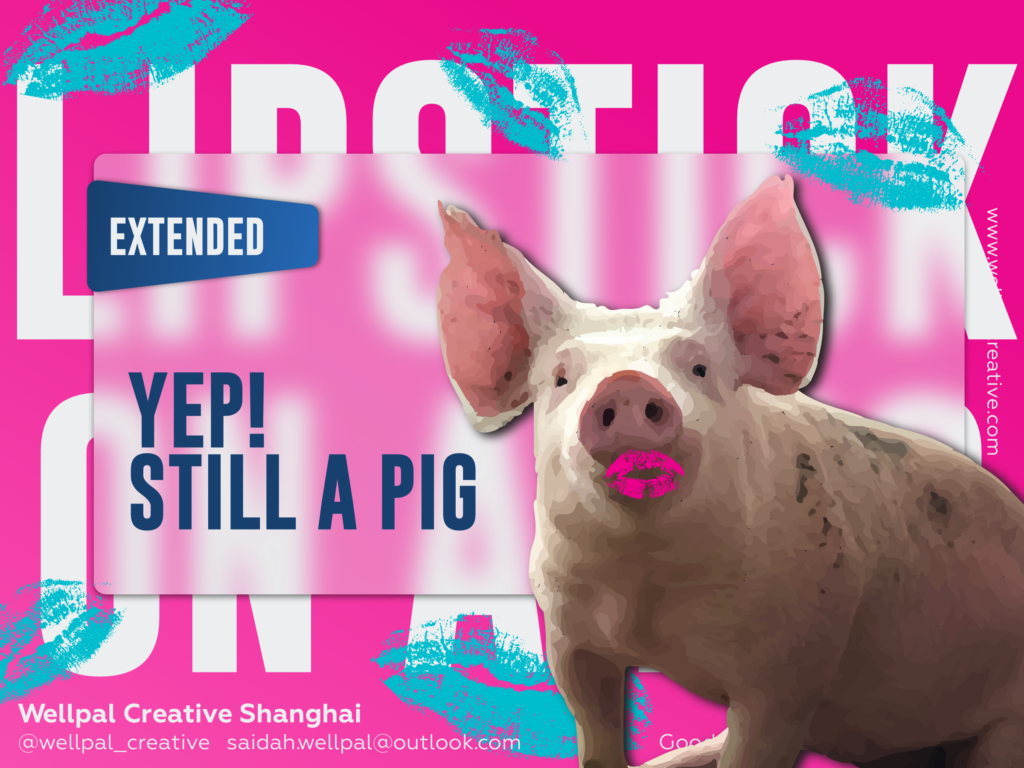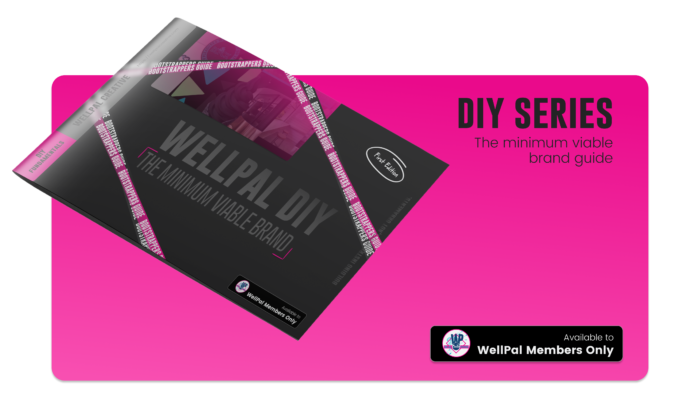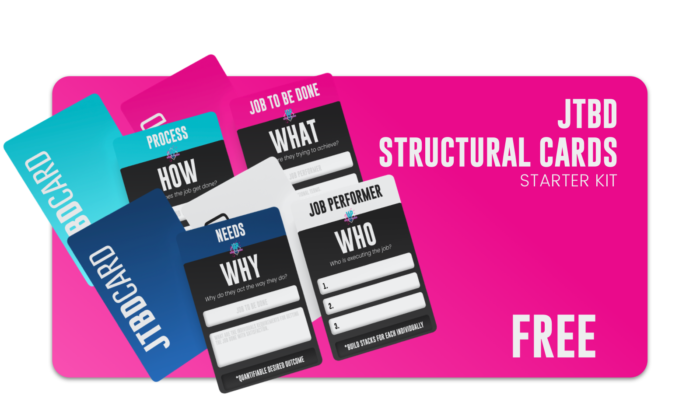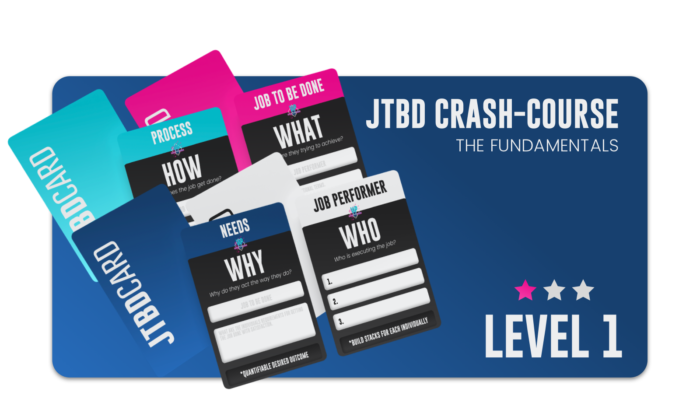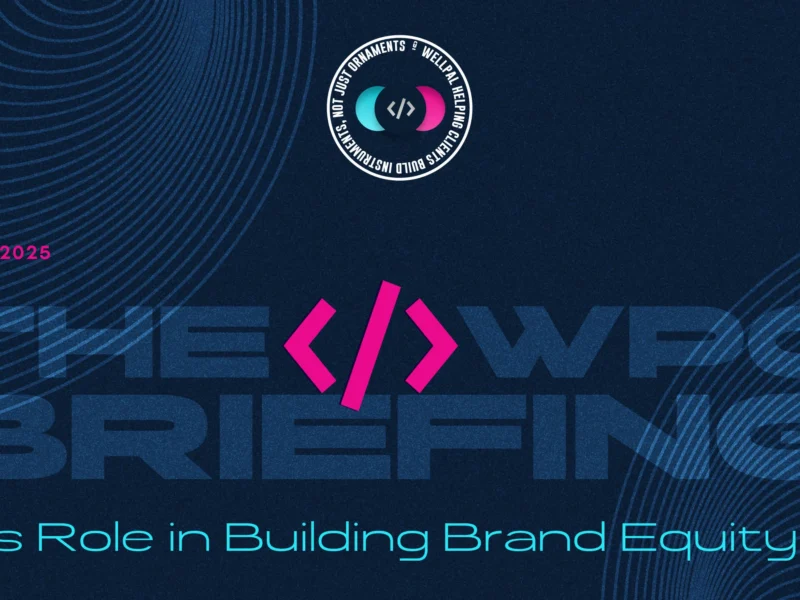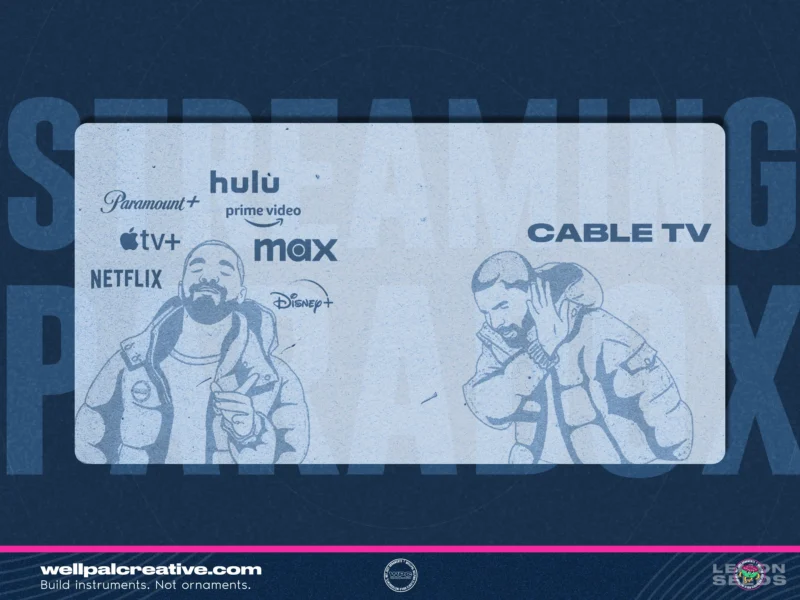COPYRIGHT © 2025 WELLPAL CREATIVE


“Build Instruments. Not Ornaments”
Featured
-
DIY Series - The MVB Kit
$25.00 -
WellPal JTBD Kit
$0.00 -
JTBD Fundamentals
$200.00
Recent Lemon Seeds
Copyright © 2025|2026 WellPal Creative
Decoding Brand DNA
Cultural Lessons from LEGO and Benetton

Decoding Brand DNA
The case.
Let’s face it; in today’s hyper-branded world, slapping a shiny logo on your product and calling it a day just doesn’t cut it anymore. If you think branding is merely about picking pretty colors and a catchy tagline, I’ve got news for you – you’re playing checkers in a chess tournament.
Welcome to the complex (not complicated per se) world of brand culture, where your logo is just the tip of a very complex, very nuanced iceberg. In this edition, we’re about to dive deep into the cultural codes that make or break iconic brands like LEGO and Benetton.
Let’s dive into some of the key aspects.
Disclaimer: This lemon seed aims to illustrate key concepts in brand culture and management using LEGO and Benetton as examples. While we reference aspects of these brands' trajectories, our goal is not to provide a comprehensive historical account of their rise and fall. Rather, we use these iconic brands objectively to showcase important principles of brand DNA, evolution, and cultural relevance. Our analysis focuses on highlighting broader lessons in brand management rather than detailing the specific history of these companies. The Brand Culture Conundrum
Brand culture isn’t just some fancy term cooked up in a marketing lab – it’s the invisible force field that surrounds every brand, shaped by history, society, and even politics. It’s why Apple can sell you a $1000 phone and make you feel like you’ve joined an exclusive club of innovators. It’s the reason why LEGO can sell you a $800 Millennium Falcon set and make you feel like you’ve joined an exclusive club of master builders.
Think of brand culture as the unspoken rules and shared meanings that develop around a brand over time. It’s not just about logos and taglines, but the associations, stories, and values that come to define a brand in the collective imagination. Nike isn’t just about sneakers – it’s about athletic achievement and “Just Do It” determination. Starbucks isn’t just coffee – it’s a “third place” between work and home.
Brand culture emerges through a complex interplay between companies, consumers, and broader cultural forces. Smart brand managers try to shape it, but they don’t fully control it. Consumers play a huge role in co-creating brand meanings through how they use, talk about, and remix brand elements. And brands inevitably absorb cultural currents around them – think how many brands now emphasize sustainability or social justice.
Understanding brand culture requires looking beyond traditional marketing metrics to grasp the brand’s place in people’s lives and the culture at large. What role does it play in identity construction? What cultural tensions or ideals does it tap into? How has its meaning evolved over time?
For example, Levi’s isn’t just about denim – it’s intertwined with narratives of American individualism, rebellion, and authenticity. The brand’s cultural meaning has shifted from workwear to 1960s counterculture to 1990s grunge and beyond. Smart brand management means not just pushing product features, but understanding and thoughtfully evolving these deeper cultural associations.
Brand culture is the rich context of meaning that surrounds strong brands. Savvy marketers know they’re not just selling products, but tapping into cultural currents and collective imagination. By embracing brand culture, they can create more resonant, authentic connections with consumers.
Key takeaways for brands
- Brand culture is more than just visual identity - it encompasses values, history, and societal context.
- Understanding the cultural codes that influence your brand is crucial for effective brand management.
- Brand meaning is negotiated between the company, consumers, and broader cultural forces.
exercise 1
Cracking the Cultural Codes: LEGO and Benetton Edition
Now, let’s talk about these elusive cultural codes. They’re like the Da Vinci Code of branding, except instead of Tom Hanks running around European churches, we’ve got marketers scratching their heads in boardrooms.
Successful brands don’t just sell products; they sell stories, ideas, and identities. They weave themselves into the cultural fabric so thoroughly that it’s hard to imagine a world without them. Whether it’s LEGO’s timeless appeal to creativity or Benetton’s bold stance on social issues, these brands have mastered the art of cultural resonance. They don’t just reflect culture; they help shape it. And in doing so, they’ve built brand loyalties that go far beyond the cash register.
Let’s see how LEGO and Benetton have mastered this game:
- Historical Context:
LEGO has been around since 1932, evolving from wooden toys to the plastic bricks we know today. They've tapped into nostalgia while staying relevant – that's no small feat. Benetton, on the other hand, burst onto the scene in the 1960s with a colorful bang, challenging fashion norms and societal expectations. - Consumer Response :
LEGO has built an empire on user-generated content before it was cool. Their fans are some of the most devoted (and creative) out there. Benetton, meanwhile, has cultivated a following that sees clothing as a form of social expression. - Ethical Concerns:
Both brands have had to navigate tricky waters. LEGO faced criticism for gender stereotyping and environmental concerns, while Benetton's provocative ad campaigns have often sparked controversy. But here's the kicker – they've both managed to turn these challenges into opportunities for brand evolution. - Cultural Resonance:
LEGO speaks to our innate desire to create and imagine, while Benetton taps into our need for individuality and social consciousness. Both brands have become cultural touchstones in their own right.
exercise 2
The Brand Culture Balancing Act
Now, here’s where the real magic happens. Navigating the cultural codes of branding isn’t just about ticking boxes or following a rigid formula. It’s about finding that elusive sweet spot where your brand’s identity, the cultural context, and consumer perceptions all align in perfect harmony.
The key is to understand that brand culture is a dynamic, living entity. It’s not something you can simply control or dictate from the boardroom. Instead, it’s an ongoing dialogue between your brand and the world around it. Sometimes you’ll lead this dance, setting trends and shaping perceptions. Other times, you’ll need to follow, adapting to shifting cultural currents and consumer expectations.
Take Coca-Cola, for example. They’ve masterfully balanced their core identity as a classic American brand with evolving cultural values. When health concerns arose, they didn’t just stick to their guns – they introduced Diet Coke, Coke Zero, and expanded into other beverage categories. They’ve embraced diversity in their advertising, supported social causes, and even turned their iconic Santa Claus into a symbol of holiday cheer worldwide. All while maintaining that unmistakable Coca-Cola essence.
Or consider how Nike has navigated the cultural landscape. They’ve moved from being just a sports brand to a symbol of individual achievement and social justice. Their “Just Do It” slogan has transcended sports, becoming a cultural rallying cry. By aligning themselves with athletes who stand for something beyond their sport, like Colin Kaepernick, they’ve tapped into deeper cultural conversations about race and equality.
The trick is to stay flexible and attuned to the cultural zeitgeist. This might mean revisiting your brand values regularly, not just in response to crises but as part of your ongoing strategy. It could involve creating platforms for consumers to co-create with your brand, acknowledging that in today’s world, brand meaning is a collaborative effort.
Remember, in this balancing act, authenticity is your tightrope. Consumers can spot a fake or cringe from a mile away. Your brand needs to evolve, yes, but in a way that feels true to its core. It's about growing with your audience, not just chasing trends. So, as you navigate this complex brand culture landscape, stay curious, stay connected, and above all, stay true to your brand's essence. It's a challenging dance, but get it right, and you'll create a brand that doesn't just exist in the market, but lives in the hearts and minds of your audience.
navigate the current "woke" and "cancel culture" dynamics
The key lesson is that even strong brand DNA is not enough – brands must actively manage their cultural relevance, adapt to market changes, and evolve their identity and offerings while staying true to core values to maintain brand equity over time.
- Authenticity is crucial.
Brands need to ensure any statements or stances on social issues align authentically with their core values and brand identity. Consumers can quickly spot inauthentic "woke-washing" attempts. - Be prepared for scrutiny.
Taking a stand on social issues opens brands up to increased scrutiny of their own practices and history. Brands should be prepared to back up statements with concrete actions. - Listen and engage.
Rather than just broadcasting messages, brands should listen to and engage in dialogue with consumers, especially those from marginalized groups. This can help avoid tone-deaf missteps. - Pick your battles carefully.
Brands don't need to weigh in on every social issue. Focus on causes that align closely with the brand's purpose and values. - Empower employees as brand ambassadors.
Ensure internal culture and employee experiences align with external messaging on social issues. Don't just do it for the clicks and likes.
exercise 3
The Tale of Two Brand DNAs
LEGO's Renaissance vs. Benetton's Decline
While both LEGO and Benetton were once considered iconic brands with strong, distinctive DNA, their paths have diverged dramatically in recent years. This contrast offers valuable lessons in brand evolution and the importance of adapting core brand values to changing times.
LEGO: Rebuilding Brick by Brick
LEGO’s journey is a masterclass in brand revitalization
- Reconnecting with Core Values:
In the early 2000s, LEGO faced near-bankruptcy after straying too far from its core product. The company refocused on its fundamental promise of creative play through brick-building. - Embracing Digital without Losing Identity:
LEGO successfully integrated digital experiences (video games, movies) while keeping physical bricks central to its offering. - Expanding Demographics:
While maintaining its appeal to children, LEGO cultivated adult fans (AFOLs) through complex sets and nostalgia-driven products. - Collaborative Innovation:
LEGO Ideas platform allows fans to submit and vote on new set concepts, fostering community engagement. - Cultural Relevance:
Partnerships with popular franchises (Star Wars, Harry Potter) kept the brand fresh and exciting.
Benetton: Unraveling at the Seams
In contrast, Benetton has struggled to maintain relevance
- Loss of Shock Value:
Benetton's provocative advertising, once groundbreaking, lost impact as consumers became desensitized to controversy in marketing. - Failure to Evolve Product Offering:
While fashion trends changed rapidly, Benetton's core product remained relatively stagnant. - Inconsistent Brand Message:
After moving away from social issue-focused advertising, Benetton struggled to define a clear brand identity. - Increased Competition:
Fast-fashion retailers like Zara and H&M outpaced Benetton in trend responsiveness and pricing. - Lack of Digital Integration:
Benetton was slow to embrace e-commerce and digital marketing strategies.
exercise 4
Key Lessons in Brand DNA Evolution
While a strong brand DNA provides a solid foundation, it’s the ability to evolve this DNA thoughtfully that determines long-term success. LEGO’s renaissance demonstrates how a brand can honor its heritage while innovating for the future. Benetton’s decline serves as a cautionary tale of what happens when a once-revolutionary brand fails to reinvent itself for changing times.
By understanding and leveraging brand culture and these lessons, you’ll understand that LEGO and Benetton weren’t just selling products. They were creating narratives that resonate on a deeper level. They were building something that people can believe in, relate to, and maybe even love (in a non-cringe way, of course).
In the end, mastering brand culture isn’t about having all the answers. It’s about asking the right questions, staying curious, and being willing to evolve. It’s about creating a brand that doesn’t just exist in the market but lives in the hearts and minds of your audience.
Key takeaways for brand managers
- Adapt Core Values:
Find ways to make your fundamental brand promise relevant to new generations and contexts. - Innovate Within Identity:
Evolution should enhance, not replace, what made your brand special in the first place - Engage Your Community:
Foster a sense of belonging and co-creation with your consumers. - Stay Culturally Relevant:
Continually reassess your brand's place in the cultural conversation. - Embrace New Channels:
Adapt to new technologies and platforms to connect with modern consumers.
How WPC Helps Brands Navigate Brand Culture
At WPC, we understand that brands don't exist in a vacuum - they are deeply embedded in cultural contexts that shape how they are perceived and experienced.
The WPC approach to brand strategy and management takes brand culture seriously, helping clients:
1. Uncover cultural codes: We conduct in-depth cultural analysis to reveal the underlying meanings, values, and associations that influence how your brand is interpreted. This allows us to tap into resonant cultural currents.
2. Align brand identity and image: Our Brand Navigator process bridges the gap between intended brand identity and actual brand image, ensuring your brand connects authentically with consumers.
3. Build brand ecosystems: We help create cohesive brand experiences across touchpoints that reinforce your brand’s cultural positioning and story.
4. Navigate cultural shifts: Our ongoing brand evolution services keep your brand relevant as cultural contexts change over time.
5. Develop culturally-informed creative: Our Signature Visuals offering produces brand creative that taps into meaningful cultural codes and imagery.
6. Foster internal brand culture: We help align your organization’s culture with your external brand, creating a strong foundation.
By taking a holistic, culturally grounded approach, WPC empowers brands to resonate more deeply with consumers and stand out in today’s complex brand landscape. We turn brand culture insights into strategic advantage.
Interested to see how WPC can help you?
find out below or contact me.
-
1 solution
WPC Ideation & Prototyping (WIP)™
WellPal Ideation & Prototyping (WIP)™ is designed for dreamers and doers alike. Whether you're a startup looking to disrupt the market, a new business aiming to refine your brand, or an established company exploring new horizons, i’m here to help bring your vision to life.
-
2 solution
WPC Brand Navigator™
At the heart of the WPC Solution Suite is the Brand Nav approach, a brand business model tailored for elevating brand equity beyond just the operational aspect. Unlike traditional models, our Blueprint Navigator intricately blends strategic business insights with emotional customer engagement, ensuring your brand not only resonates but also endures.
-
3 solution
WPC Brand Evolution Suite™
WellPal Brand Evolution Suite™ is designed for brands at a crossroads, contemplating a fresh direction. Whether you're a brand who needs an identity refresh, or an established company exploring new horizons, or simply looking for strategic clarity in the clutter, i’m here to help bring your vision to life.
-
4 solution
WPC Visuals
WellPal Brand Visuals is simply the design and graphic aspect of the solution suite. It's for brands craving visual distinction. Beyond aesthetics, we craft visuals that encapsulate your essence, making every interaction across multiple touch points memorable. Brand identity design, visual identity design, UI Design and development, GFX design
MORE LEMON SEEDS
THE WELLPAL BUSINESS & BRANDING BLOG
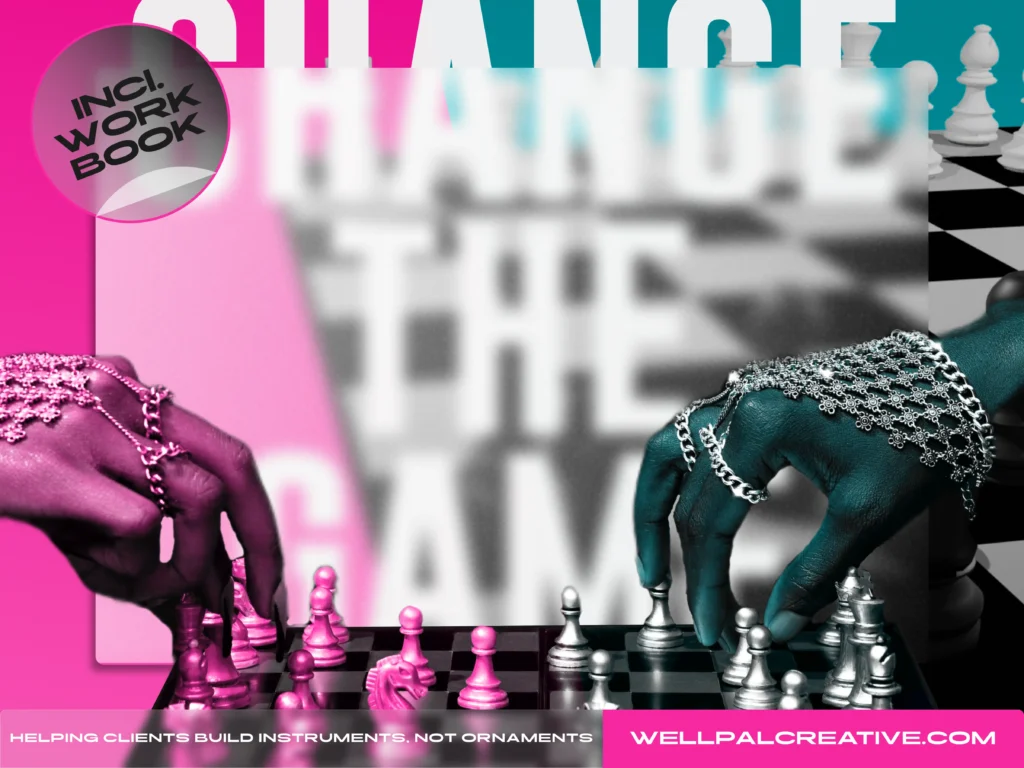
Change the Game

AI’s Role in Building Brand Equity
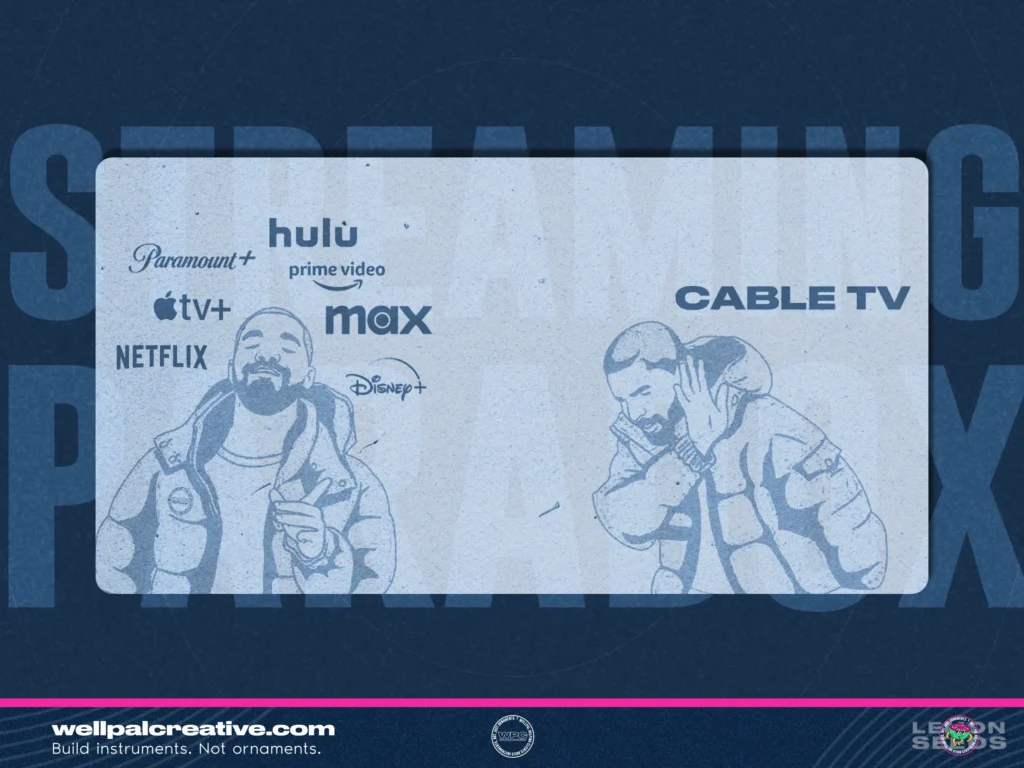
The Streaming Paradox: Convenience vs. Complexity – [LS18 ]
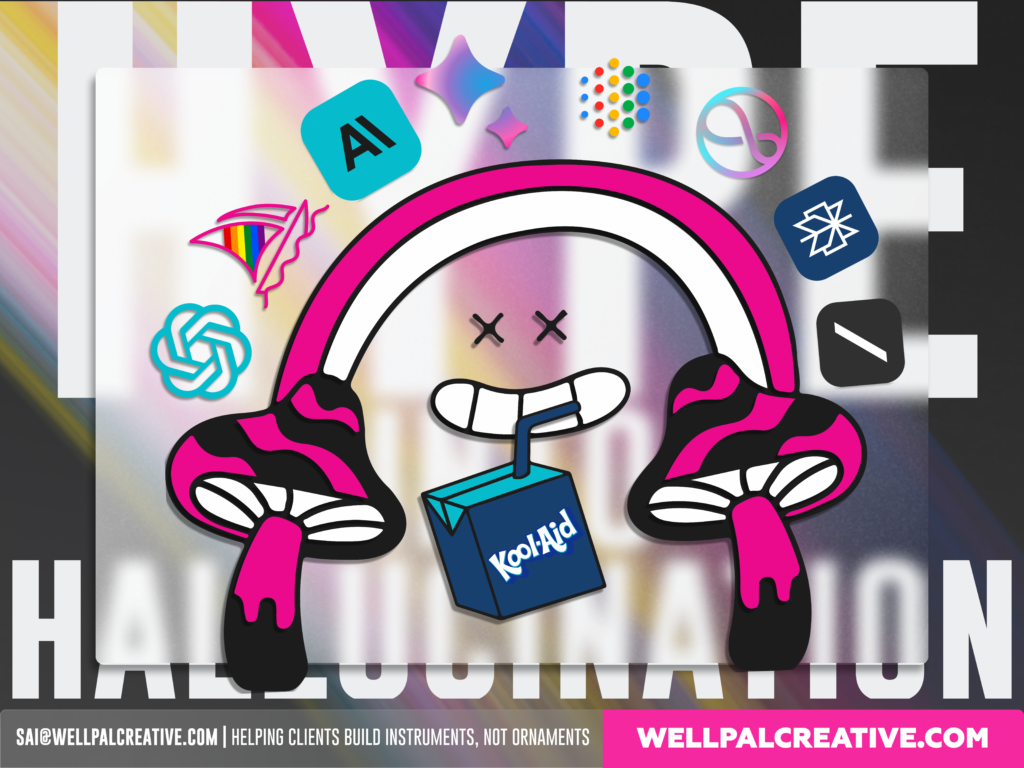
From Hype to Hallucination: How AI Is Transforming Branding, Strategy, and Business – [LS17]
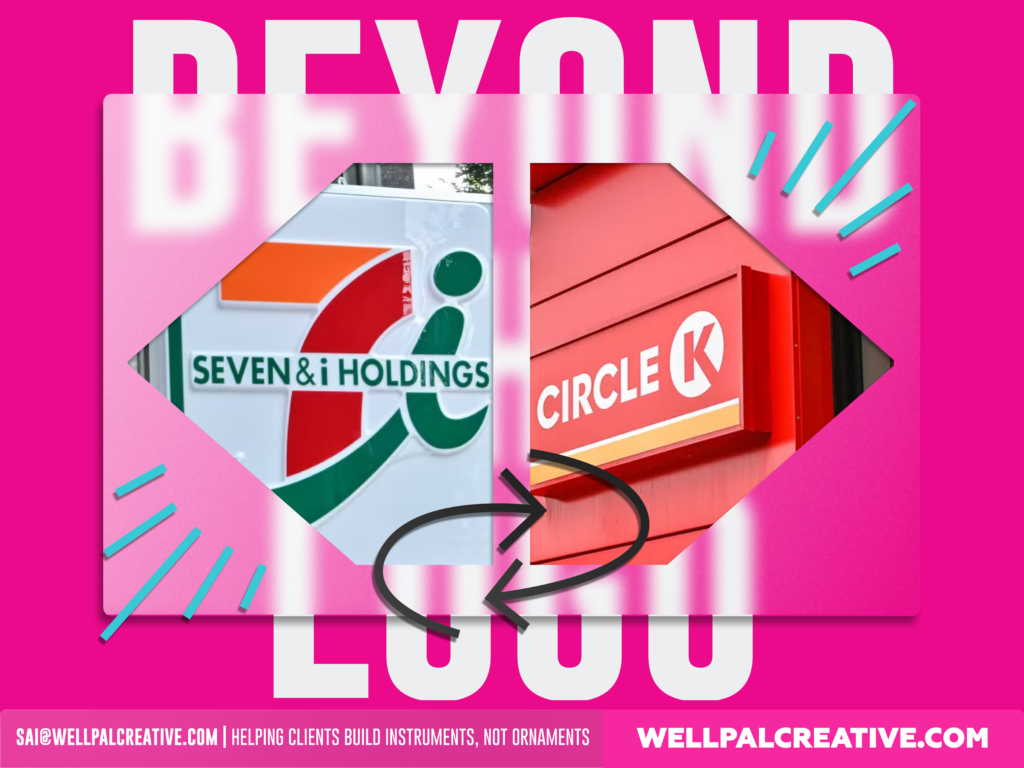
How to leverage Brand: Lessons from Seven&I Holdings – [LS16]
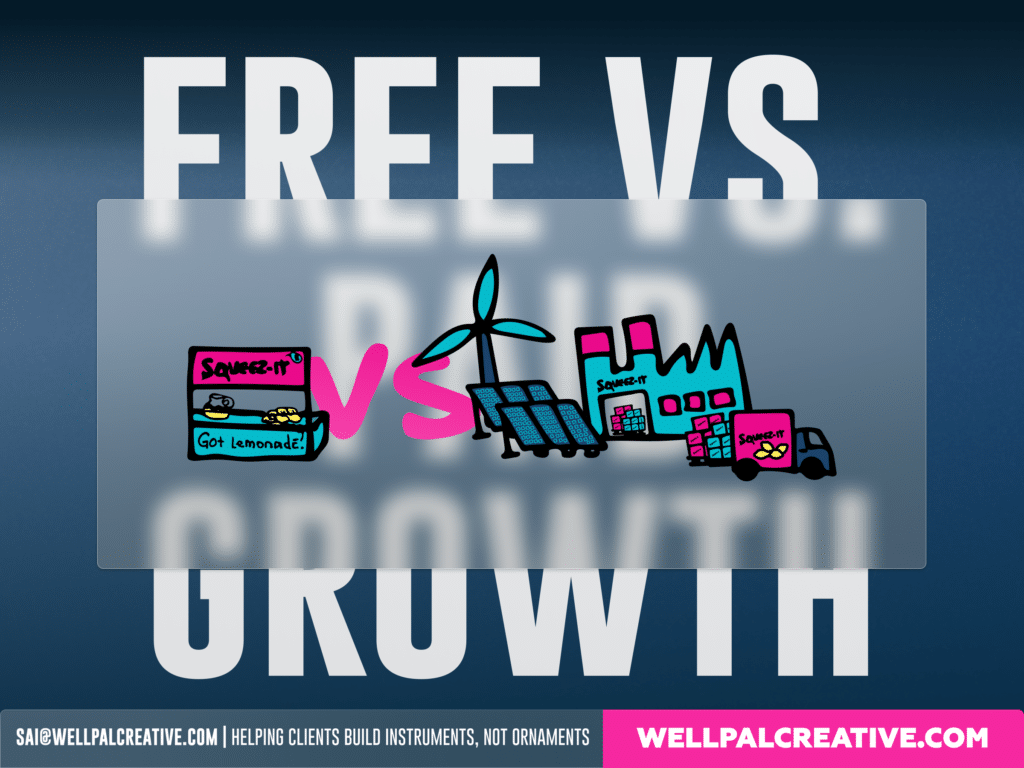
Impactful brand strategy isn’t a sprint, but a marathon – [LS12]
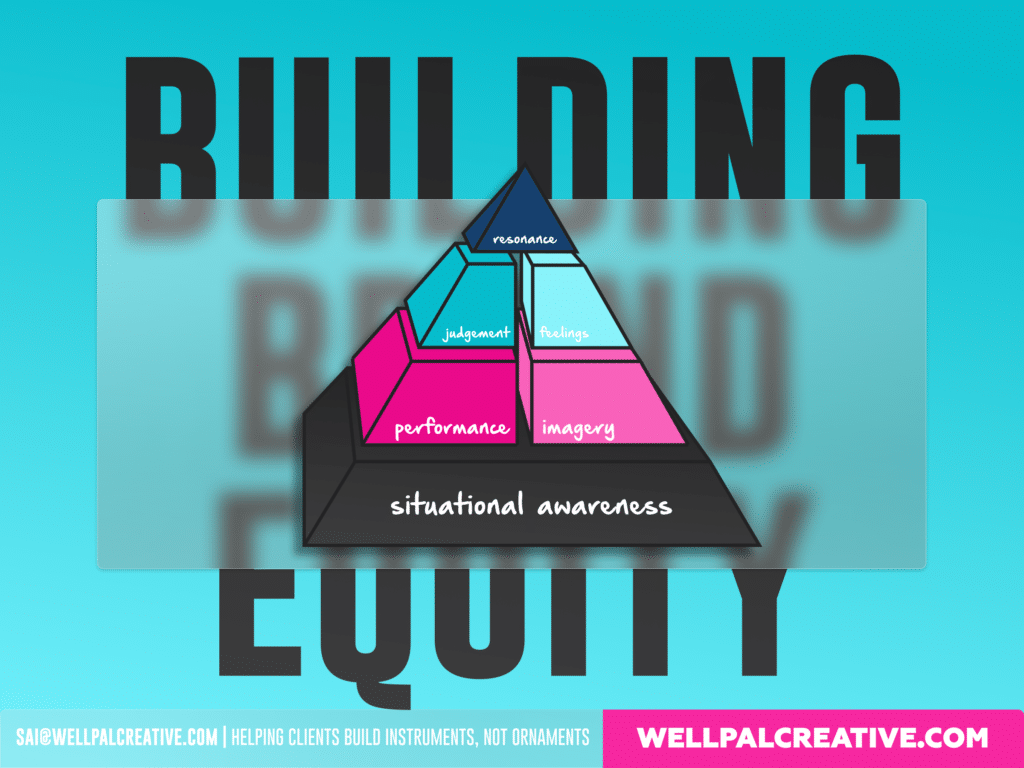
How to Build for brand equity- [LS10]
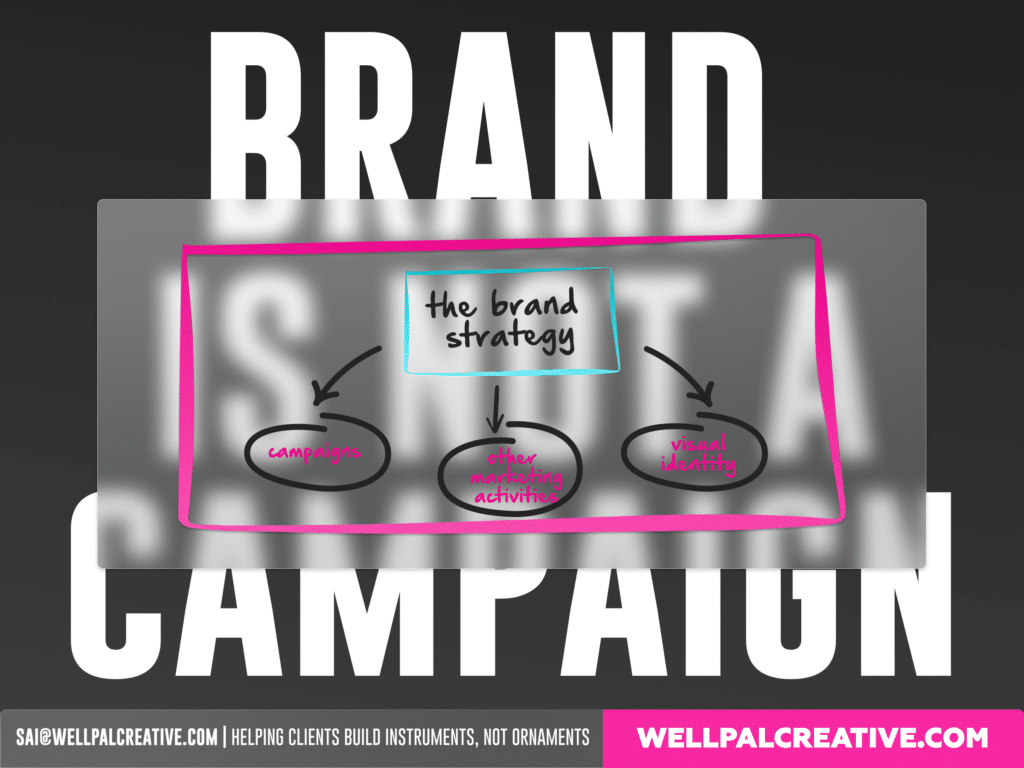
Brand is not a campaign- [LS9]
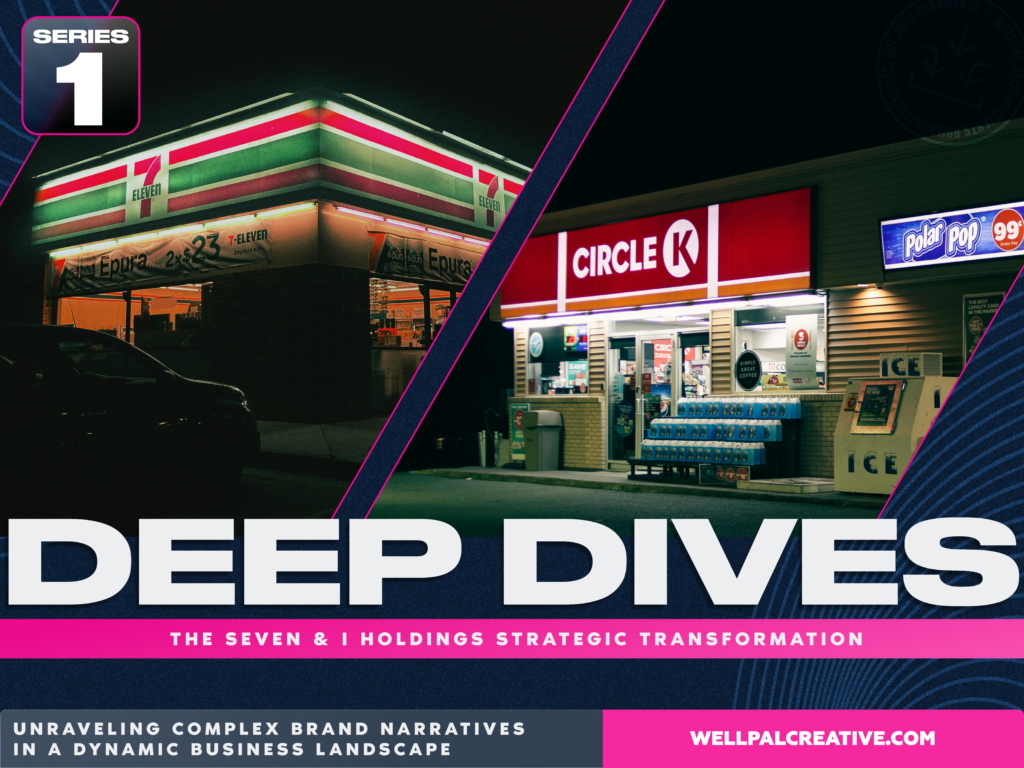
The Seven & i Holdings Strategic Transformation (DEEP DIVE)
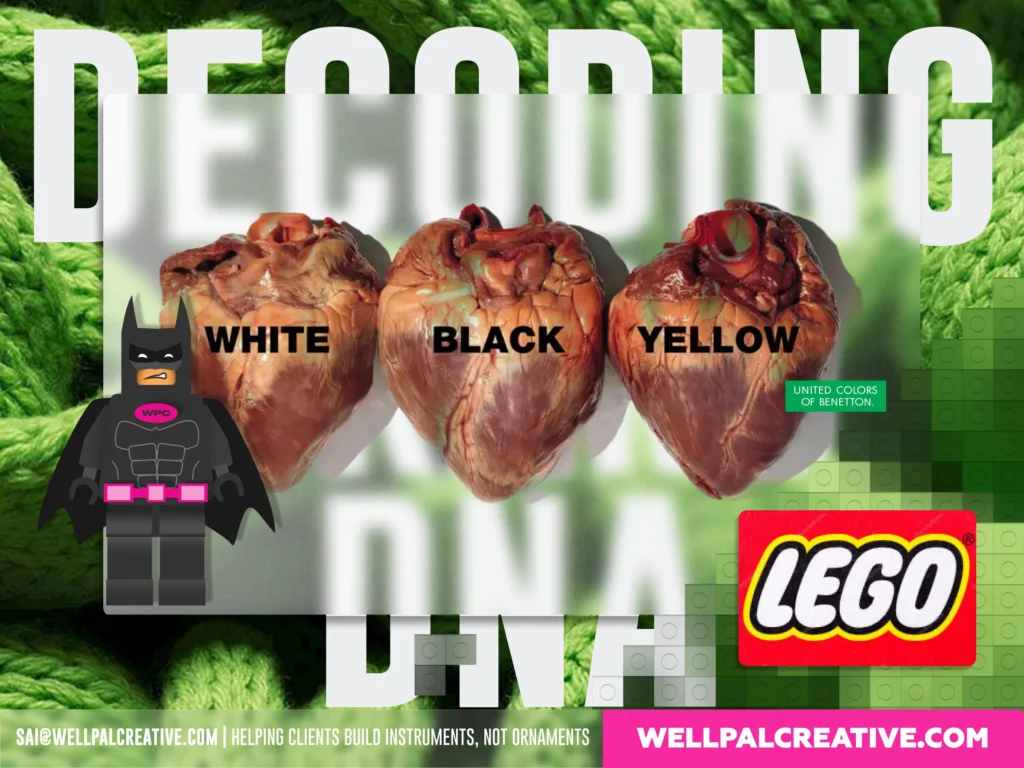
How to understand Brand DNA: LEGO and Benetton Case – [LS15]
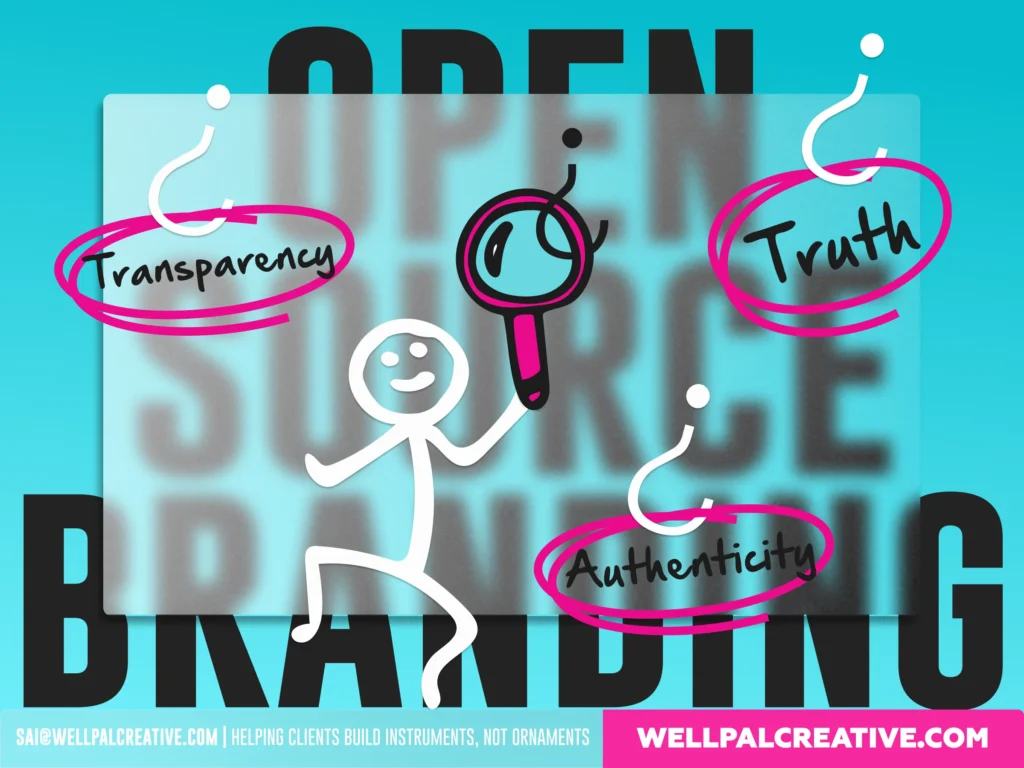
How to leverage open source for brand building – [LS14]
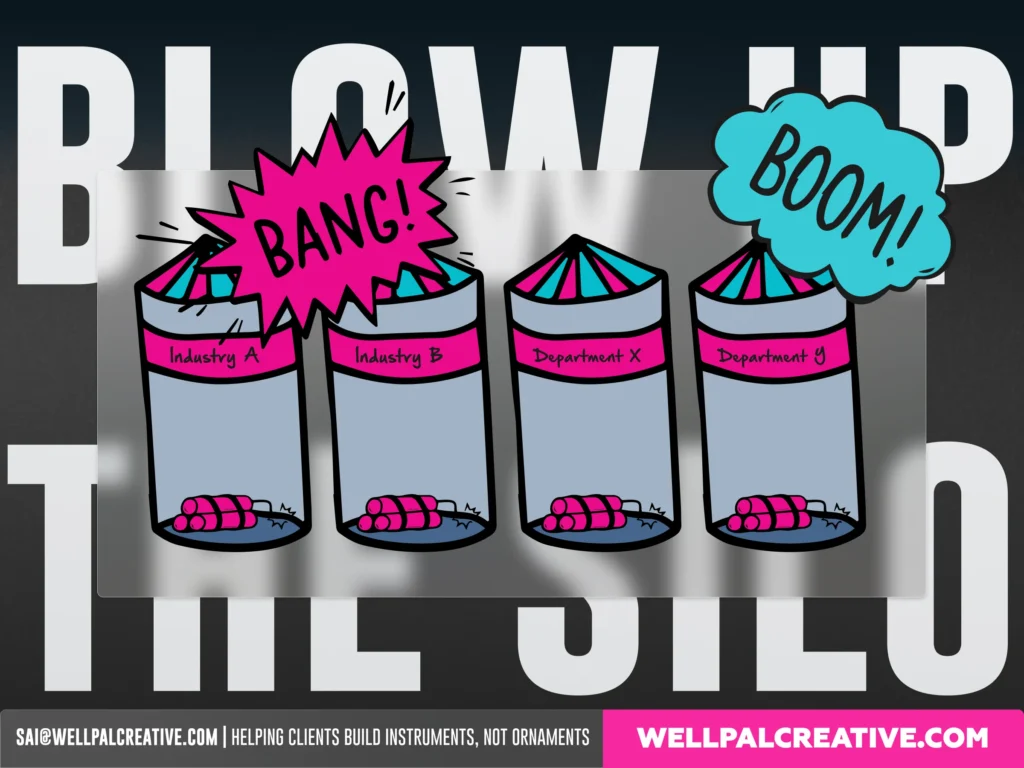
Blow up the silo – [LS13]
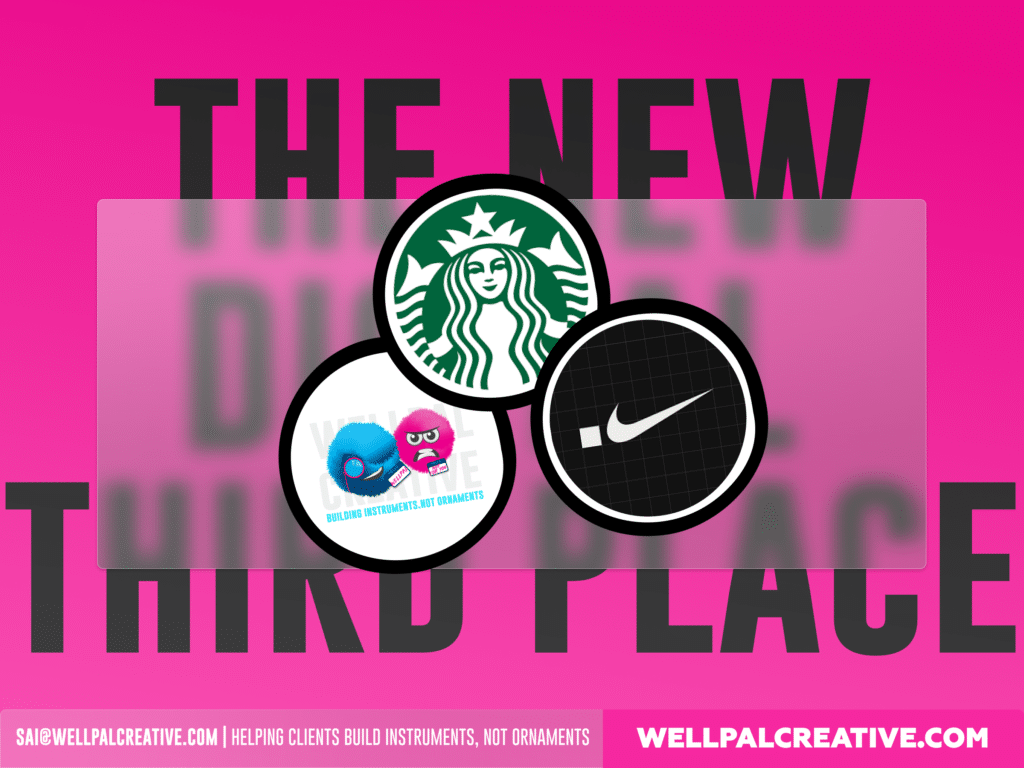
The digital 3rd place- [LS11]
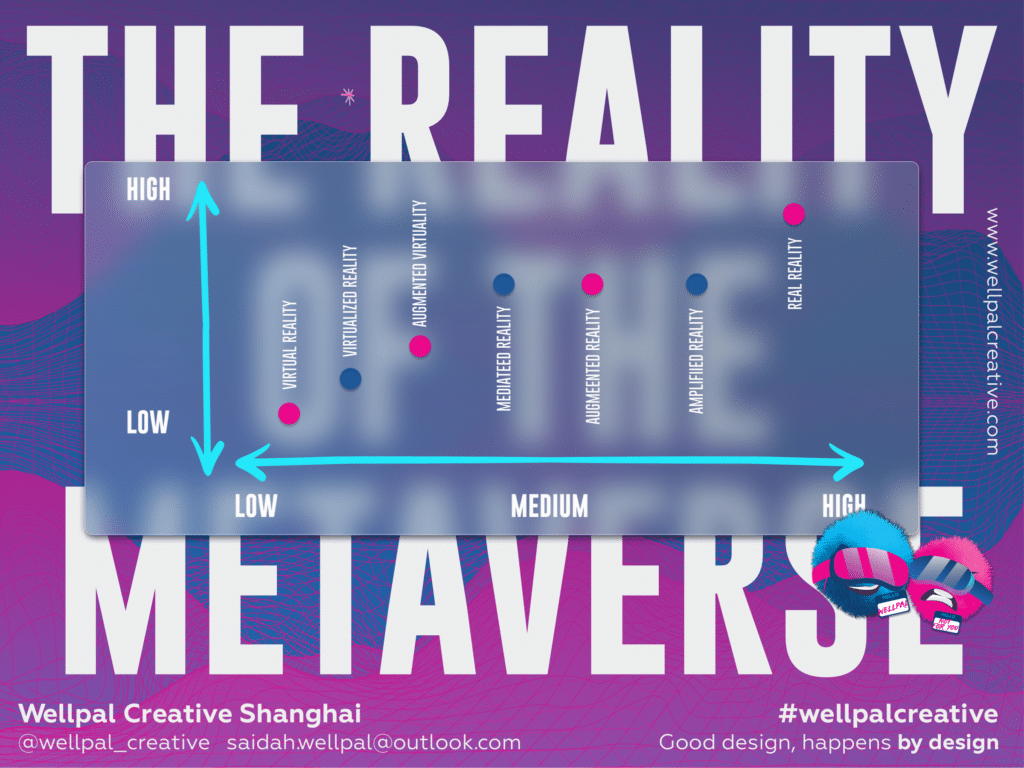
What’s the reality of it? – [LS8]
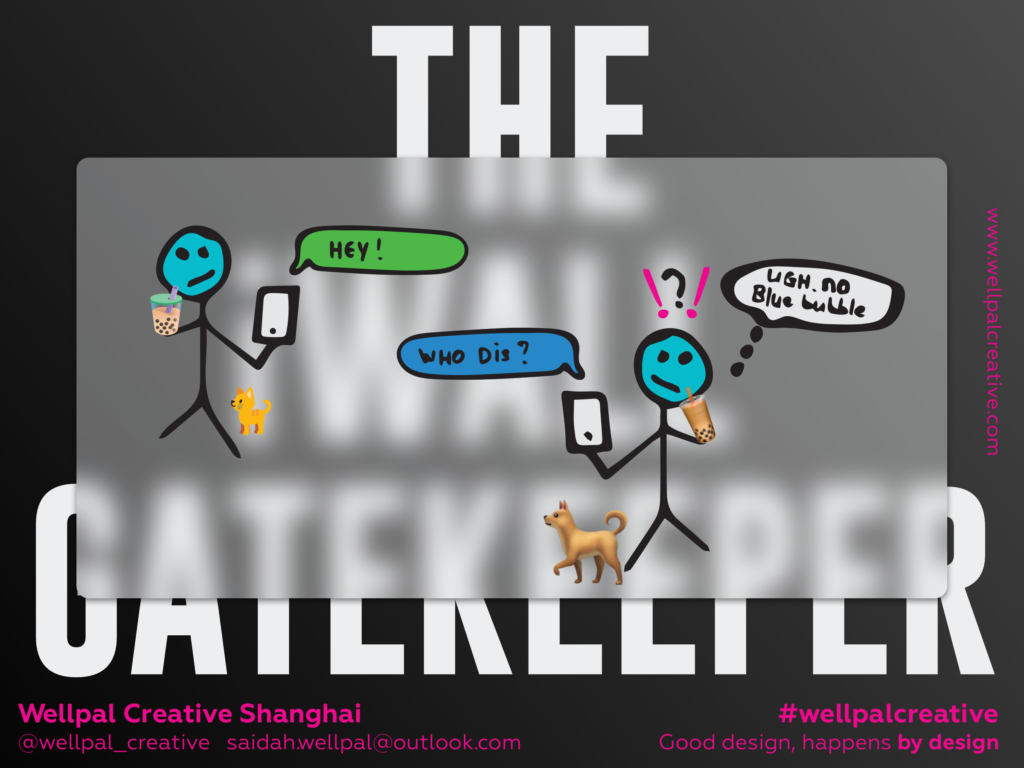
The Great iWall – [LS7]
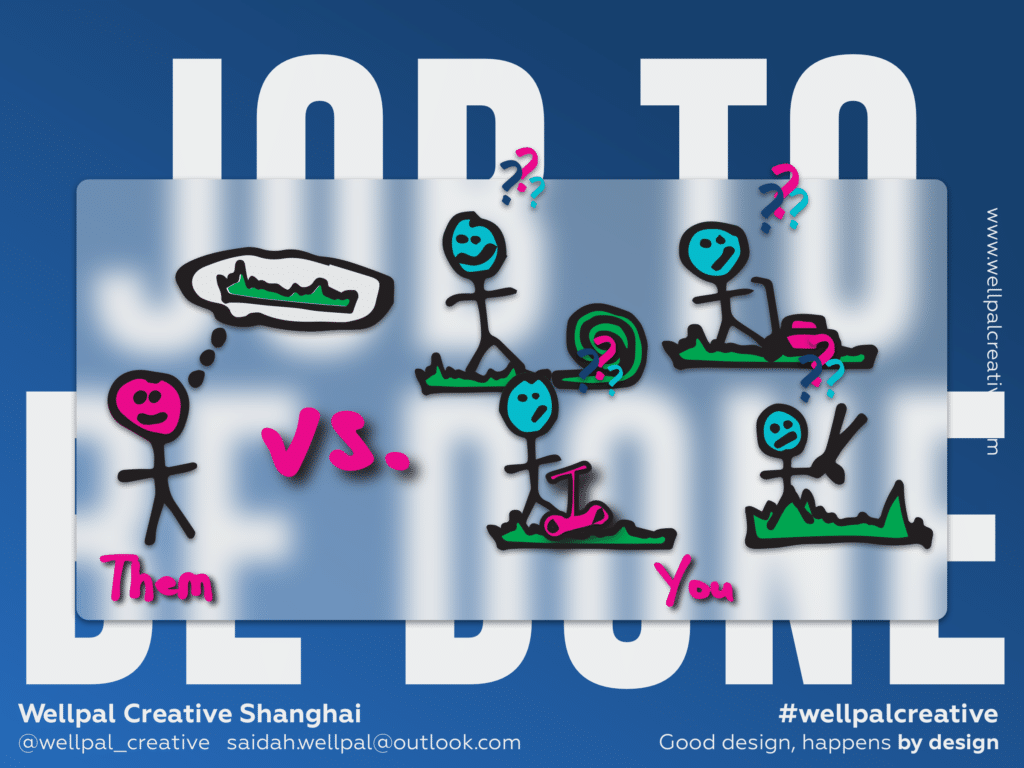
Why you should care that they don’t need a lawnmower [LS6]
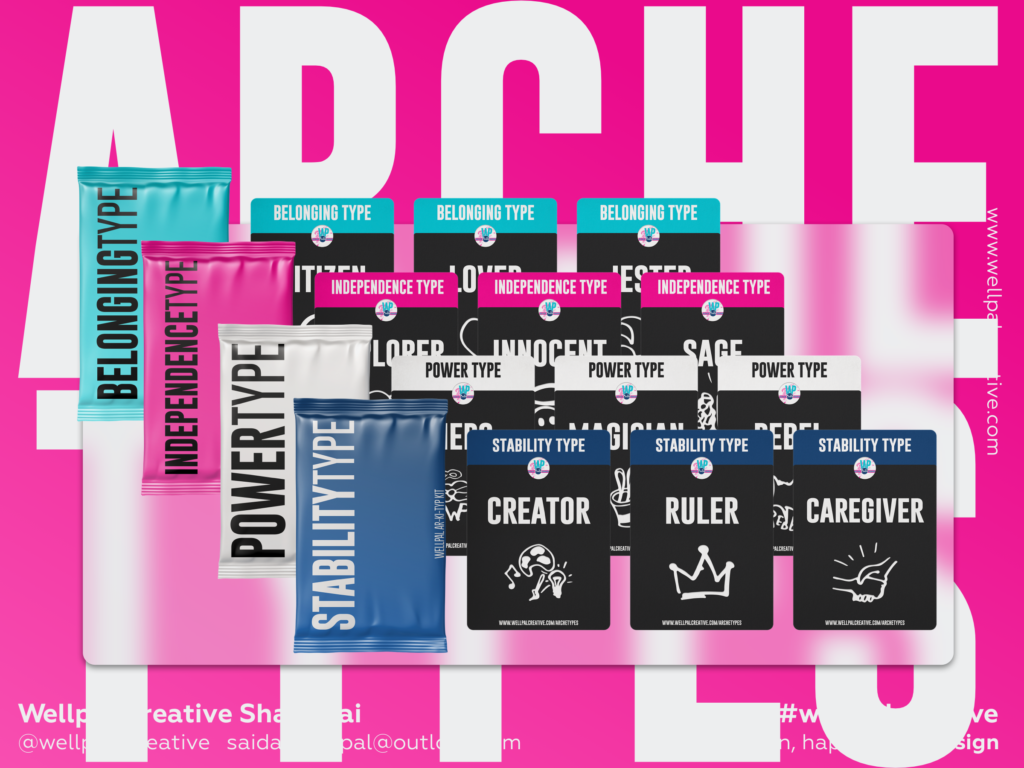
Why you should care about what shapes your brand [LS5]
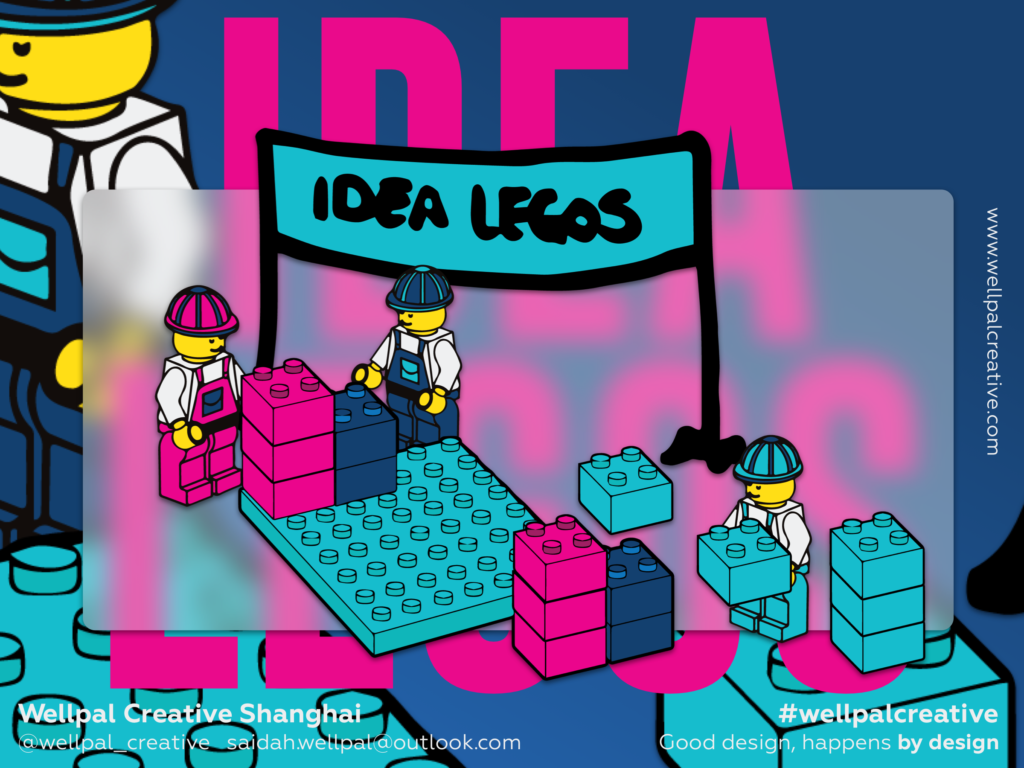
Idea Legos- [LS4]
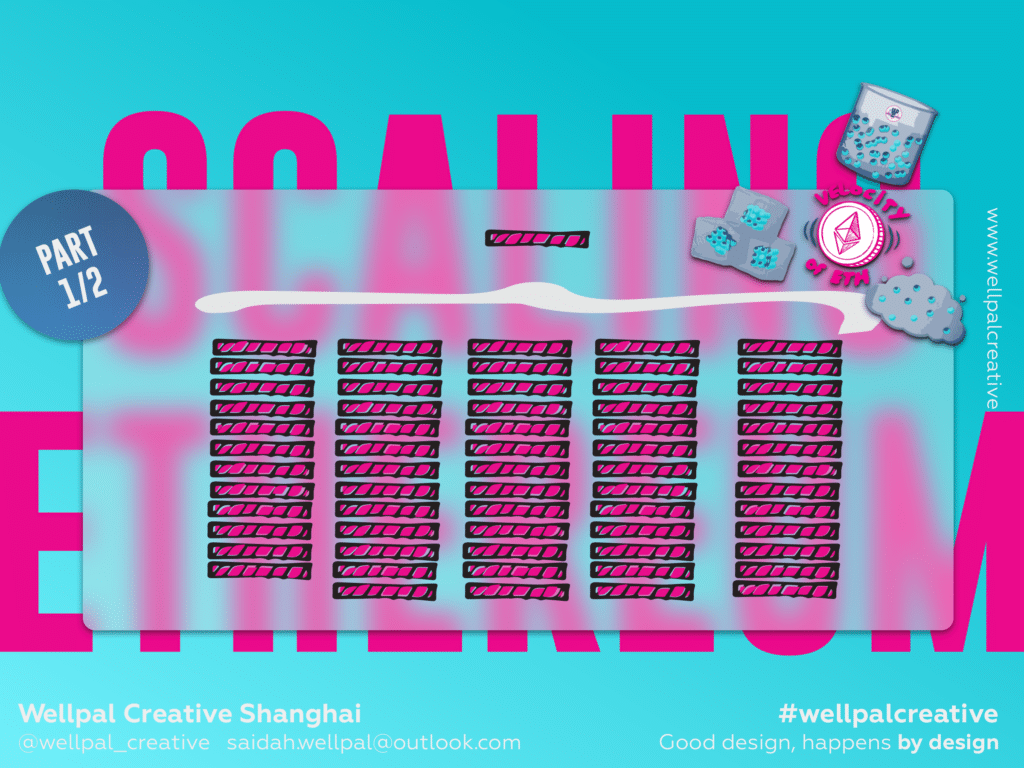
Into the Ether – [LS3]
